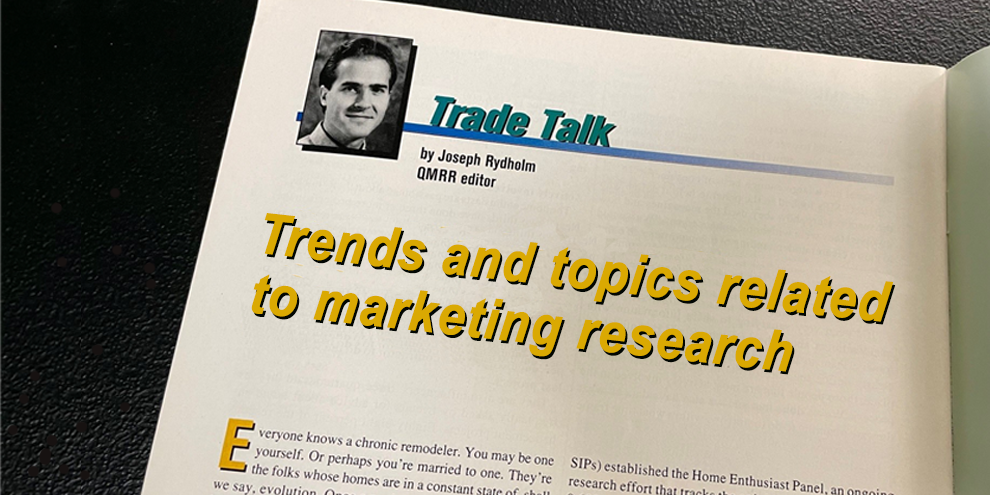While many firms are rushing into overseas markets to take advantage of the opportunities they hold, some are realizing that there's a market with huge potential right in their own backyard. Growing by more than 15 million between 1960 and 1990, the U.S. Hispanic market is projected to grow to over 30 million by the year 2000.
But for as many opportunities as the U.S. Hispanic market presents, it's also full of potential pitfalls. It can't be approached as a single, homogenous entity that differs from the U.S. consumer market only in its native language. The Hispanics who have come to the U.S. represent many countries and cultures, each with its own nuances. If you want to reach them, you can't just translate your marketing efforts into Spanish.
Helping marketers avoid these pitfalls is the aim of a new book, Hispanic Market Handbook, by M. Isabel Valdés, president of Hispanic Market Connections, a Los Altos, Calif., research firm, and Marta H. Seoane, a demographer and sociologist. For companies considering going after this market, this book is a good way to start the learning process.
Valdés and Seoane address just about every aspect of reaching the Hispanic market. They explain why Hispanics have come to the U.S., where they live, their habits as consumers, the importance of understanding culture and language, Hispanic media usage and how it's measured, and general strategies and guidelines for reaching Hispanic consumers. The book features several case studies of successful efforts to market everything from banking services to avocados. It also offers a directory of Hispanic market consultants, electronic resources, magazines, organizations and media firms.
At 488 pages, the book isn't a quick read. (With a market as large and diverse as this one, each segment almost merits its own book.) But the authors avoid information overload by keeping the chapters and their subsections fairly brief. And instead of incorporating the text and accompanying charts and graphs, they separate them.
The data comes from many sources and runs the spectrum from standard population data to interesting tables such as "Broad Cultural Differences between Hispanics and the American Middle Class."
Unique aspects
Marketing to Hispanics is really like trying to reach any other segment in the market. You have to know their spending and lifestyle habits and how to communicate with them. But as the book makes clear, like any consumer segment, the Hispanic market has many unique aspects that marketers must consider.
Here are a few:
- Higher fertility rates mean that by the beginning of the next century, over one-third of the U.S. Hispanic population will be under 20 years old, which translates to tremendous potential for companies that make products and services aimed at families, young parents, mothers and children.
- Years of unstable currencies, high inflation and political unrest in their native countries have made many Hispanics wary of banks and other major institutions, an attitude they carry with them when they come to this
country. - Since Hispanics are typically quite family-oriented and many have relatives in foreign countries, they are big
users of long-distance service, more than non-Hispanic whites and African-Americans.
Start from scratch
How can marketers avoid making huge mistakes in efforts to reach the Hispanic market?
"The only safe way is to get close to the Hispanic consumer," Valdés and Seoane advise. "Start from scratch- gather as much background information as possible on the sociocultural aspects of the group you are targeting. Some Hispanics have lived in the United States for many generations, others for a few years, and others are recent arrivals. Learn about their origins. Learn about the culture of each segment of the Hispanic market. Learn about people's motivations for coming to the United States. Become knowledgeable about your audience's political, religious, and social background."
Sounds like an excellent job for marketing research.
Hispanic Market Handbook ($69.95, hardcover, 480 pages) by M. Isabel Valdés and Marta Seoane, is published by Gale Research Inc., Detroit.
